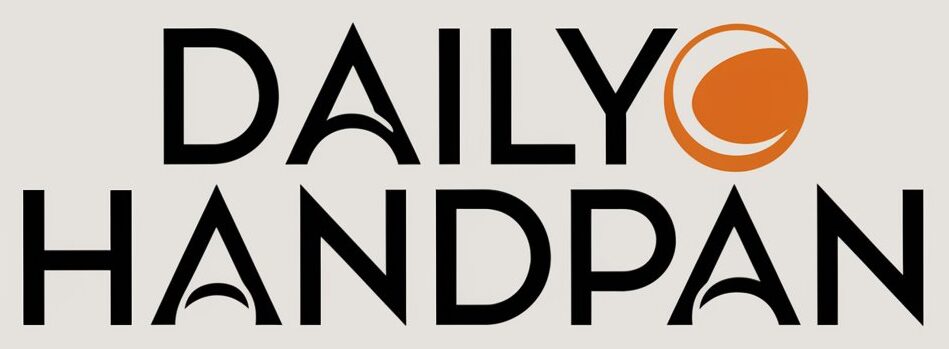<!DOCTYPE html>
<html lang="en">
<head>
<meta charset="UTF-8">
<meta name="viewport" content="width=device-width, initial-scale=1.0">
<title>Precision in Sound: Must-Have Tools for Handpan Tuning</title>
</head>
<body>
<article>
<p>The handpan, an alluring musical instrument known for its soothing and ethereal sound, has rapidly garnered a following worldwide. Its mesmerizing tones can transport listeners to a meditative state, creating a unique auditory experience that is as beautiful as it is elusive. However, to maintain its enchanting sound, tuning precision is of paramount importance. This article explores the indispensable tools every handpan tuner needs to achieve the perfect pitch and maintain the instrument’s exceptional tonal qualities.</p>
<h2>Understanding the Importance of Handpan Tuning</h2>
<p>Tuning is critical in ensuring a handpan maintains its harmony and resonance. Given the complex construction and the intricacies involved in producing each note, even minor alterations in tuning can greatly affect the instrument's sound. Unlike some instruments where minor deviations in pitch might go unnoticed, the handpan’s subtle nuances mean that precision is vital. Thus, having the right tools and knowledge is essential for anyone looking to delve into handpan tuning.</p>
<h2>Essential Tools for Handpan Tuning</h2>
<h3>1. Electronic Tuner</h3>
<p>An electronic tuner is an indispensable tool for any handpan tuner. These devices help in accurately detecting and displaying the pitch of each note being played. High-quality electronic tuners can measure microtonal deviations, enabling the tuner to adjust the pitch with precision. Whether you’re a beginner or a seasoned professional, a good electronic tuner is a non-negotiable element in your toolkit.</p>
<h3>2. Tuning Hammers</h3>
<p>Tuning hammers are essential for making physical adjustments to the metal of the handpan. These hammers, which come in various sizes and materials, allow the tuner to subtly shape the dimples and surfaces of the handpan to alter its pitch. The key to using tuning hammers effectively lies in their gradual and measured application, as excessive force can damage the sensitive structure of the instrument.</p>
<h3>3. Strobe Tuners</h3>
<p>Strobe tuners provide an incredibly accurate reading of pitch and are often preferred for professional tuning. They offer real-time visualization of tuning accuracy, making them ideal for finely detailed adjustments. A strobe tuner’s accuracy often surpasses that of a standard electronic tuner, making it a favored tool among dedicated handpan tuners looking for the utmost precision.</p>
<h3>4. Digital Calipers</h3>
<p>While it may seem unconventional, digital calipers are quite useful in the handpan tuning process. They are used to measure the thickness of the metal around each note area. These measurements help in understanding how the physical properties of the handpan affect its sound, allowing for more informed tuning decisions. Consistency in measurement is critical to maintaining the instrument’s structural integrity and ensuring that each note is of the desired pitch and resonance.</p>
<h3>5. Sound Analyzer Software</h3>
<p>With advances in technology, sound analyzer software has become a vital resource for tuners. These programs can analyze the sound frequencies produced by the handpan, offering a visual and numerical representation of pitch, overtone presence, and resonance quality. Using sound analyzer software helps tuners understand the complexities of each note, providing insights that guide more precise adjustments.</p>
<h2>The Art and Science of Handpan Tuning</h2>
<p>While tools are vital, the art of handpan tuning goes beyond the devices and into the skill and intuition of the tuner. Understanding the harmonic relationships between the different notes, feeling the subtle vibrations of the metal, and listening to the minute changes in sound are all part of mastering the craft. The balance between art and science is what allows a handpan tuner to achieve the remarkable sonic quality these instruments are known for.</p>
<p>Keeping a handpan perfectly tuned is an ongoing process. Environmental factors such as temperature and humidity can impact the handpan’s pitch, making regular tuning essential. Additionally, prolonged playing can lead to minor detuning over time. With the right tools and expertise, a tuner can address these challenges effectively, ensuring the instrument remains as enchanting as ever.</p>
<h2>Conclusion</h2>
<p>In conclusion, precision in handpan tuning is vital to preserving the unique, meditative sound of the instrument. The right tools, such as electronic and strobe tuners, tuning hammers, digital calipers, and sound analyzer software, are indispensable in achieving this precision. However, the true art of tuning lies in the tuner’s ability to combine these tools with skill, experience, and intuition. Maintaining the perfect balance between scientific accuracy and artistic sensitivity ensures that every note resonates with the desired clarity and depth, making handpan tuning a truly refined craftsmanship.</p>
<h2>Frequently Asked Questions</h2>
<h3>1. How often should I tune my handpan?</h3>
<p>Handpans typically need tuning every 1 to 2 years, depending on usage and environmental factors. Changes in temperature and humidity can affect tuning, so regular checks and adjustments are recommended.</p>
<h3>2. Can I tune my handpan myself?</h3>
<p>While it is possible to tune your handpan on your own, it requires practice, patience, and the right tools. Beginners are advised to seek professional tuners to avoid damaging the instrument.</p>
<h3>3. What is the difference between an electronic tuner and a strobe tuner?</h3>
<p>Electronic tuners are user-friendly and provide general accuracy for pitch detection, while strobe tuners offer higher precision and are preferred for professional tuning where micro-tuning is required.</p>
<h3>4. Will tuning change the sound of my handpan permanently?</h3>
<p>If done correctly, tuning should not cause any permanent changes in the basic character of your handpan’s sound. Skilled tuners make adjustments that preserve the instrument's tonality while refining its tuning.</p>
<h3>5. Why are digital calipers used in handpan tuning?</h3>
<p>Digital calipers are used to measure the thickness of the metal at and around the note areas on the handpan, aiding in understanding how it affects sound production, which informs more precise tuning adjustments.</p>
</article>
</body>
</html>Precision in Sound: Must-Have Tools for Handpan Tuning

Leave a comment




